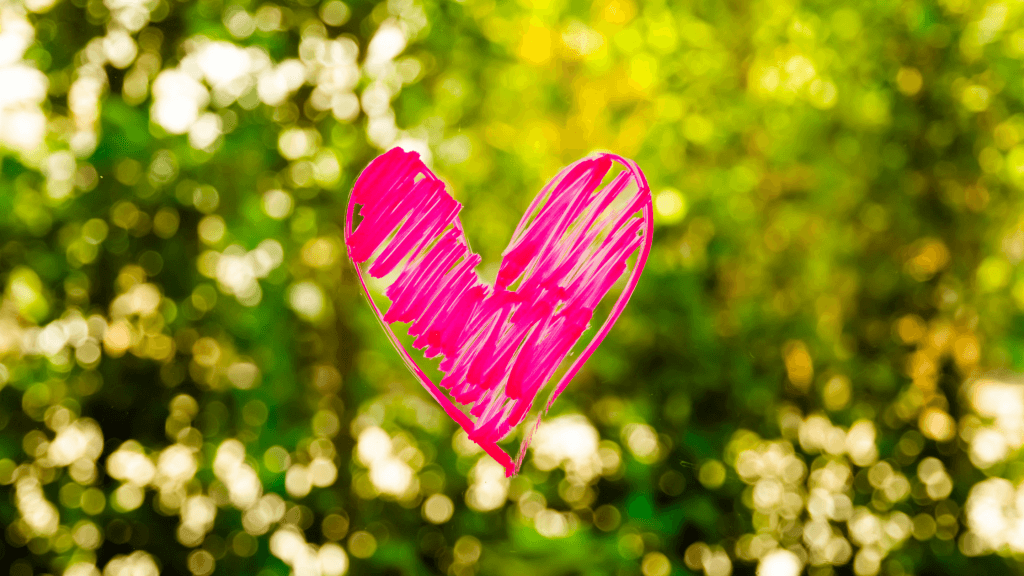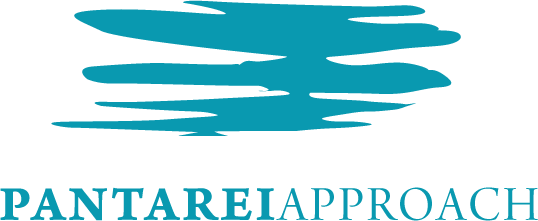
Breathing is Breath Taking
Lungs are remarkable organs, and as we know, they perform a vital fuction. They allow us to breathe. From the moment we take our first gasps of air as newborns, until the moment we die, breathing is essential. It is our lifeline. Furthermore, breathing connects us to this world. We take in the world through every inhalation, and become part of it with every exhalation.
Our breathing provides the mechanism for our speech, our laughter and for the expression of our emotions. It supports our digestion, allows us to think clearly, and gives us the burst of energy needed when we go in for the final sprint to catch whatever we are chasing.

Breathtaking moments
Now, think about a moment that you would describe as having been “breathtaking“. A view of a beautiful landscape, a play of emotions, the final launch of a project. No matter how big or small this moment might have been, it will clearly show how your breathing is so much more than just breathing. How it is always connected to your heart, your emotions, your body; you.
In every somatic session of the Pantarei Approach, we use our clients’ ability to breathe. We understand that we can breathe in different ways and to different areas of the body. Our lungs cannot inflate themselves on their own. Our breathing happens through muscle contractions, primarily in the area of our diaphragm and thorax. They are muscles that we have easy control over. As such, we can control and train our breathing.
Breathing: the key for change
As breathing has such a significant impact on the way we are, and how we move in our lives, it can be useful to realize just how much we can actively use it as a key for change, development, learning, and digesting.
From a very young age, I learned the trick of holding my breath. By doing so, any situation I was in, felt less frightening. I felt I could disappear a little bit. I’m sure you know the sensation too. When watching a horror movie, we often hold our breath when the suspense unfolds on the screen in front of us. It’s as if the fright can be controlled, time can stand still, things will not touch us as much.
It was not only while watching frightening scenes in the movies that I tried to hold my breath. I remember doing it when my teacher shouted at me. And at other times when something frightening happened in my presence, and I wasn’t sure how to react. Yet it comes as no surprise, that holding my breath did not in fact change the situation. What’s more, it left me unable to respond at all.

Facilitating our responses
When I learned about breathing as a practitioner, I began to realize the incredible power of the breath. I realized, that even if I could not change the frightening situations I was sometimes in, I could use my breath to take up space and experience what was happening in a clearer way.
I noticed that when unwanted things happen, I need to expand rather than shrink, in order to respond. I need to use my breathing, in order to connect to my emotions, to my movements, and to myself. I realized that breathing is a great source of energy. And it is what I need, even if my choice is to walk away from any given situation.
Giving yourself more time and space
Think about the times during your day in which you hold your breath. Which parts of you would like to have more space? What would happen, if you managed to continue breathing? What do you need to experience in order to have more time and space for your next breath?
Breathing and Pantarei sessions
Accompanied by touch and verbal instructions, Pantarei sessions make it easy for clients to own the many possibilities their breathing has. They are able to connect more with themselves and their qualities.
In sessions, our clients can experience how their breathing can connect them back to their lives, when they feel isolated or lost. They can learn how their breathing can create more space for themselves in which to feel, to dream, to express. They can get in touch with their voice and play with the way it sounds. They can explore the stream of air that brings their vocal cords to vibrate. And they can turn the volume to the level they choose. They can learn how to modulate their breathing. They can take deeper, slower breaths in order to feel more at ease, or they can get high on oxygen, to feel energized. They can use their breathing to connect to their body, thoughts and emotions, and feel these unite as one.

Connect to your yourself and follow your heart
As practitioners, we teach our clients how they can access the amazing resources that our breathing provides, beyond the physical function of oxygen exchange. There is no right way of breathing, but rather, an infinite variety of ways. And by exploring these, we are able to explore ourselves. Our breathing accompanies everything that we do, and therefore, it affect us on all levels. Breathing is never just breathing, it always connects us to more of ourselves, be it our emotions, our body, our thinking, or our levels of energy.
Our lungs embrace our heart. In my last blog post I wrote about how our hearts beats in unique ways, and I explored the question of “What makes your heart beat?” I wish for us all to truly listen to, and follow our hearts more often. One way of tuning into your heart and communicating with it, is through your breathing. This is something we can do at any moment during any part of our day.
Place your hands on your heart and expand your chest while breathing to this place. This will connect you to your heart; to yourself. Try it out and see for yourself. And in case this does not work for you, look for a practitioner near you and set up a session. They will surely enjoy connecting you with your breathing, your heart, and yourself.
Written by Claudia Glowik 



